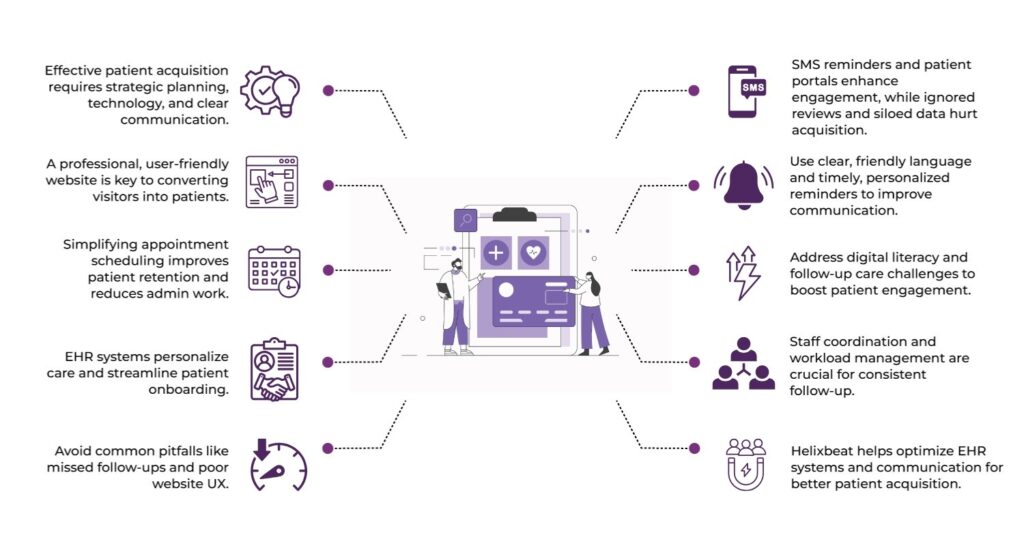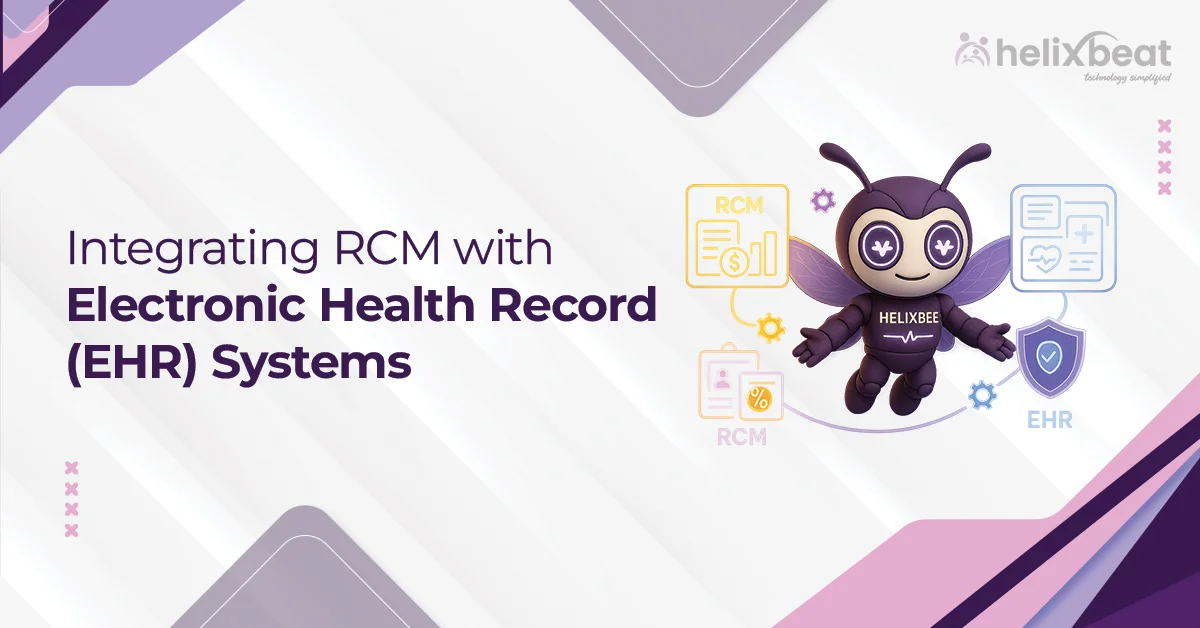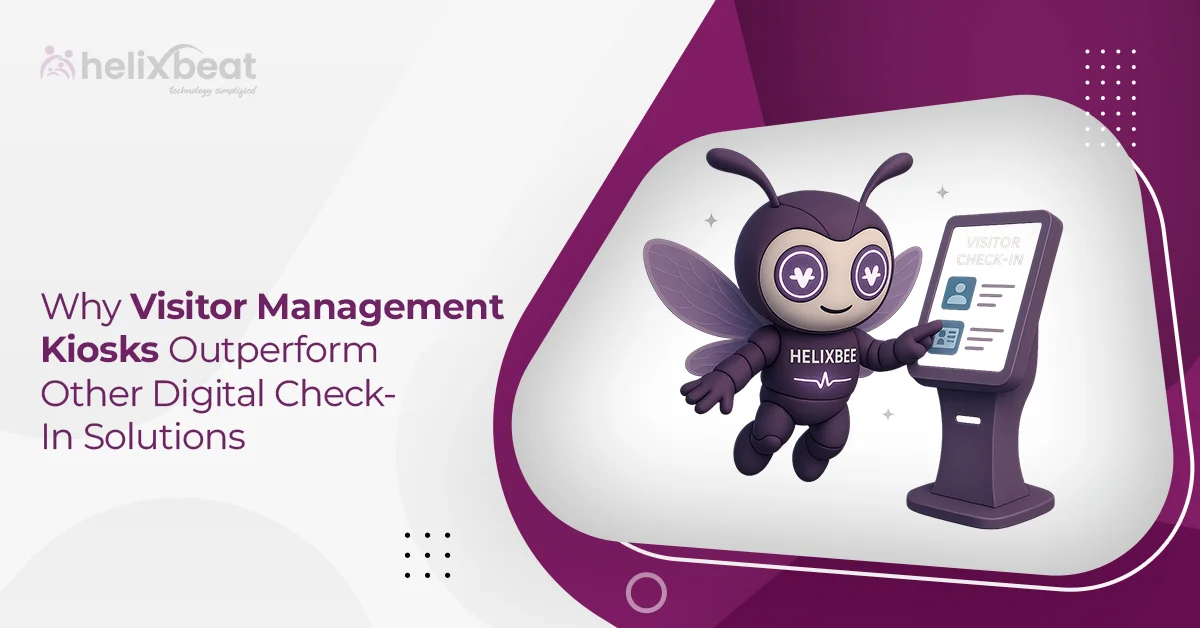Why do some healthcare practices keep their waiting rooms full while others struggle to book appointments even with great doctors and modern facilities?
The answer often lies in how effectively they manage patient acquisition, which depends on how well clinics manage their processes, patient experiences, and communication. Many clinics create barriers for patients through unclear messaging and missed follow-ups.
This blog will look at new strategies to improve patient acquisition, point out common mistakes to avoid, and show how electronic health records (EHR) can help. We will also discuss key questions about communicating with patients and the challenges of engaging them, messaging missed follow-ups and overlooked technology.

Table of Contents
Understanding the Importance of Patient Acquisition
Patient acquisition involves more than attracting new visitors to your clinic. It’s about establishing a well-organized, impactful process that motivates individuals to select your healthcare service over competitors and remain with you long-term. This entails strategic marketing, streamlined operations, technology adoption, and genuine communication.
Consider it the initial step of the patient’s journey. From the moment someone searches online for a local doctor to the time they enter your facility; every touchpoint impacts their decision to trust your practice. Effective acquisition strategies assist in bridging this gap ensuring the experience is seamless, supportive, and confidence-building.
Why does it matter? Because of substantial patient acquisition:
- Fuels sustainable growth for your practice
- Increases revenue through higher patient volumes
- Enhances public trust and reputation
- Allows better use of technology like EHR in healthcare for onboarding
- Contributes to better community health outcomes
CTA: Click to learn more on how to Reduce Patient Acquisition cost
How to Improve Patient Acquisition
Here are effective strategies to enhance patient acquisition by combining technology, trust, and personalized experiences:
Make Your Online Presence Work for Patient Growth
Consider your website as the digital front desk for your healthcare practice. This is often the initial impression new patients receive, making it essential for it to be professional, user-friendly, and filled with valuable information.
A well-optimised online presence should include:
- Quick-loading, mobile-compatible web pages
- Detailed descriptions of services and profiles of doctors
- SEO-enhanced blog posts that address common health concerns
- Patient reviews and success stories showing before-and-after results
- Landing pages rich in keywords designed for visibility in search engines
Simplify Appointment Scheduling
Long call waits times, and the hassle of checking appointment availability can deter potential patients from seeking care. To enhance their experience, consider implementing an intuitive and user-friendly appointment booking system directly on your website, accessible via SMS, or integrated into patient portals.
- Sending instant confirmations and reminders, ensuring that patients are always informed and prepared for their visits.
- Reduce your staff’s administrative workload, freeing them up to focus on patient care instead of managing appointments.
- Eliminating friction in the scheduling process will increase booking rates, making it easier and more convenient for patients to secure their appointments.
Leverage EHR in Healthcare
An effective Electronic Health Records (EHR) system stores patient history and is the foundation for personalized care and quicker service delivery.
With Helixbeat PULSE, your practice gains access to one of the best electronic health records systems explicitly designed to support seamless patient acquisition and engagement.
When your Best Electronic Health Records System is integrated into your patient acquisition process, you can:
- Quickly access accurate patient details during onboarding
- Send tailored communication based on medical history
- Track missed appointments or lapses in follow-up
- Eliminate duplicate entries and reduce human error
Common Pitfalls to Avoid in Patient Acquisition
| Pitfall | Impact |
| Ignoring follow-ups | Leads to cold leads and lost opportunities |
| Poor website UX | High bounce rate and low trust |
| No data integration | Inconsistent messaging and patient confusion |
| Underusing EHR systems | Slow onboarding and low personalization |
| Inadequate training of front-desk staff | Poor first impression |
Quick Comparison – What Works vs What Fails in Patient Acquisition
(Please create an infographic based on the table given below.)
| Tactic | Works Well | Often Fails |
| SMS Appointment Reminders | Improves show-up rates | Ignored or forgotten |
| Live Chat on Website | Engages visitor’s instantly | No live support |
| Patient Portals | Encourages interaction | Complicated logins |
| Social Proof & Reviews | Builds trust fast | Negative reviews left unresolved |
| Data from EHR | Helps tailor communication | Unused or siloed data |
How to Avoid Common Pitfalls When Communicating with Patients
You may have an excellent system in place, but if your communication is not clear, empathetic, and consistent, you risk losing patients even before they start their journey with you. Here are some key tips to enhance your communication:
- Use friendly, jargon-free language.
- Send timely reminders instead of spam.
- Tailor your messages based on insights from the best Electronic Health Records System.
- Encourage two-way communication through patient portals or chat options.
Addressing the Challenges of Patient Engagement
Patient engagement is increasingly important in healthcare; however, many practices encounter major challenges in maintaining active patient involvement in their care. Let’s explore some of the typical obstacles.
Lack of Digital Access or Understanding
- Limited access to technology: Many patients may not have the devices or internet connection to access online tools like patient portals or telehealth services.
- Low digital literacy: Patients may struggle with navigating digital platforms or understanding how to use them effectively for their care.
- Generational gaps: Older patients, in particular, may not be as comfortable with technology, making digital engagement harder to achieve.
Low Motivation for Follow-Up Care
- Perceived lack of necessity: Patients often fail to see the immediate need for follow-up care, especially if they feel fine post-treatment or diagnosis.
- Busy schedules: Patients may find it challenging to schedule follow-up appointments due to work or personal commitments, leading to missed opportunities for continued care.
- Inconsistent reminders: Without timely and personalized reminders, patients can forget their follow-up appointments, reducing adherence to treatment plans.
No Clear Path from Visit to Long-Term Care
- Fragmented care: After an initial visit, patients may not receive clear guidance on the next steps, leading to confusion about what comes next in their treatment plan.
- Unclear care instructions: Without structured communication and follow-up from healthcare providers, patients may feel lost in their journey from short-term treatment to long-term health goals.
- Lack of continuity: The absence of a smooth transition between different stages of care can lead to disjointed treatment, where patients are unsure of how to stay engaged in the long run.
Overwhelmed Staff Unable to Follow Up
- High patient volumes: Healthcare teams may be stretched thin, juggling multiple patients simultaneously, making it challenging to provide the personal attention needed for ongoing patient engagement.
- Administrative burden: Many healthcare providers are burdened with administrative tasks, reducing the time for meaningful patient follow-ups and engagement.
- Lack of coordination: When staff members are not well-coordinated or lack access to patient information in real-time, consistent follow-up can be challenging
CTA: Here are the 10 proven strategies to Patient Acquisition by Helixbeat
What’s Next
If patient acquisition feels like a challenge, you’re not alone. Miscommunication, inferior retention, and underused technology are common hurdles for many healthcare practices. The good news? These issues are solvable.
By optimizing your EHR in healthcare systems, improving communication, and using data-driven tools, you can streamline patient acquisition and enhance retention. These solutions create smoother workflows, better patient engagement, and, ultimately, growth for your practice.
Are you ready to tackle your patient acquisition difficulties? Allow Helixbeat to offer you the right strategies to transform your challenges into opportunities.
FAQs
What is patient acquisition in healthcare?
It’s the process of attracting, onboarding, and converting new patients into active participants in your care system.
How to avoid common pitfalls when communicating with patients?
Communicate clearly, use patient-preferred channels, and personalize messaging using EHR data.
What are the challenges of patient engagement?
Disconnected communication, lack of tech familiarity, and poor onboarding are major hurdles.
How to improve patient adherence?
Use digital tools, frequent reminders, and patient progress tracking.
What are the 5 most common questions you ask a patient?
- What brings you in today?
- Any ongoing medical conditions?
- Are you on any medications?
- Do you have allergies?
- Have you experienced symptoms recently?
How can EHR in healthcare help with patient acquisition?
It enables accurate data usage, better communication, and faster onboarding.
Which is the best electronic health records system?
One that offers integration, user-friendliness, and analytics—like the system used with Helixbeat tools.
What’s the role of content in patient acquisition?
SEO-rich content educates, builds trust, and drives online appointment bookings.














